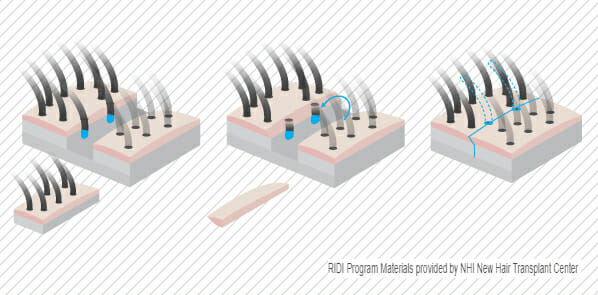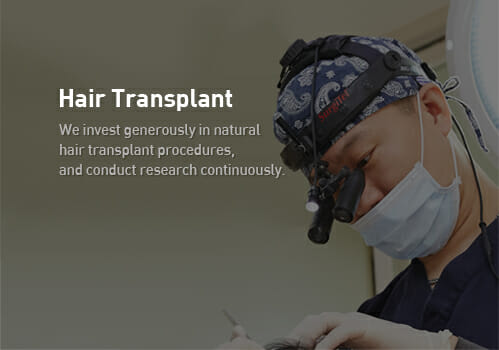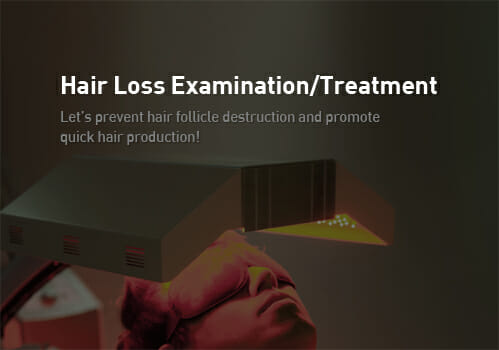- NHI New Hair
- Hair Transplant
- Women’s Hairline
- Scalp Tattoo
- Hair Loss Examination/Treatment
- Review/Picture
-
-
Review/Picture

-
-
- Community
-
-
Community

-
-
- Online Consultation
Announcement
Stay informed with the various updates from New Hair
What is the’RIDI’ program that removes traces of hair transplantation?
- 2014-09-29
hit.2,785
What is the’RIDI’ program that removes traces of hair transplantation?
Online article September 29, 2014 11:17 p.m.

[Sunday News] Hair transplantation is an operation in which hair follicles that are not affected by hair loss are collected and transplanted from the scalp of one’s back head.
There are incisional and non-incisional methods of collecting hair. Among them, incisional hair transplantation guarantees stable results as the most healthy hair follicles can be obtained on the back of one’s own head.
However, the problem is the’一’-shaped scar that remains on the back of the head. However, recently there is a RIDI program that dramatically compensates for such scars, which is becoming a hot topic.
On the 29th, Kim Jin-oh, director of the NHI New Hair Hair Transplant Center, said, “The RIDI program is a method to hide the scar area with hair by picking only thick hair and transplanting it to the scar area of the back of the head.”
In general, only the hair loss area is transplanted with new hair, but if a little hair is transplanted on the expected scar area in advance, the hair grows on the scar and other people do not notice the fact that the hair is transplanted.
In fact, after surgery, the’一’-shaped scar on the back of the head becomes lighter and thinner over time, making it difficult to find.It is not a problem to worry about because the surrounding hairs cover it, but young patients are bound to be sensitive to such small scars.
Director Kim said, “Hair transplantation is not satisfied with simply growing hair on the hair loss area, and since I have a great desire to hide the fact that I had alopecia, the RIDI program will be of great help to young hair loss patients.” Explained.
The trichophytic closure method is currently the most widely used method to minimize scars in the area where the hair was collected.
The principle of the scar-free suture is to keep’hair follicle cells’ alive on the surface to be sutured, so that the hair grows over the scar to cover it.After 1 year after the hair transplant, the traces on the back hair remain very thin and are not easily observed with the naked eye.
However, in order to minimize even this thin scar, the purpose of the RIDI program is to re-transplant some of the hair follicles collected between the sutures so that the hair grows directly between the scars so as not to leave traces of the incision.
An official from the NHI New Hair Hair Transplant Center said, “We have already announced twice at a domestic conference through a one-year clinical trial, and we will present the techniques of the RIDI program at the International Hair Transplant Society (ISHRS) held in October.”
He added, “If the existing scar-free suturing method and the RIDI program are performed at the same time, we will be free from scarring problems after hair transplantation.”
Online News Team 2 ilyo22@ilyo.co.kr
View original text: http://ilyo.co.kr/?ac=article_view&entry_id=93678

















